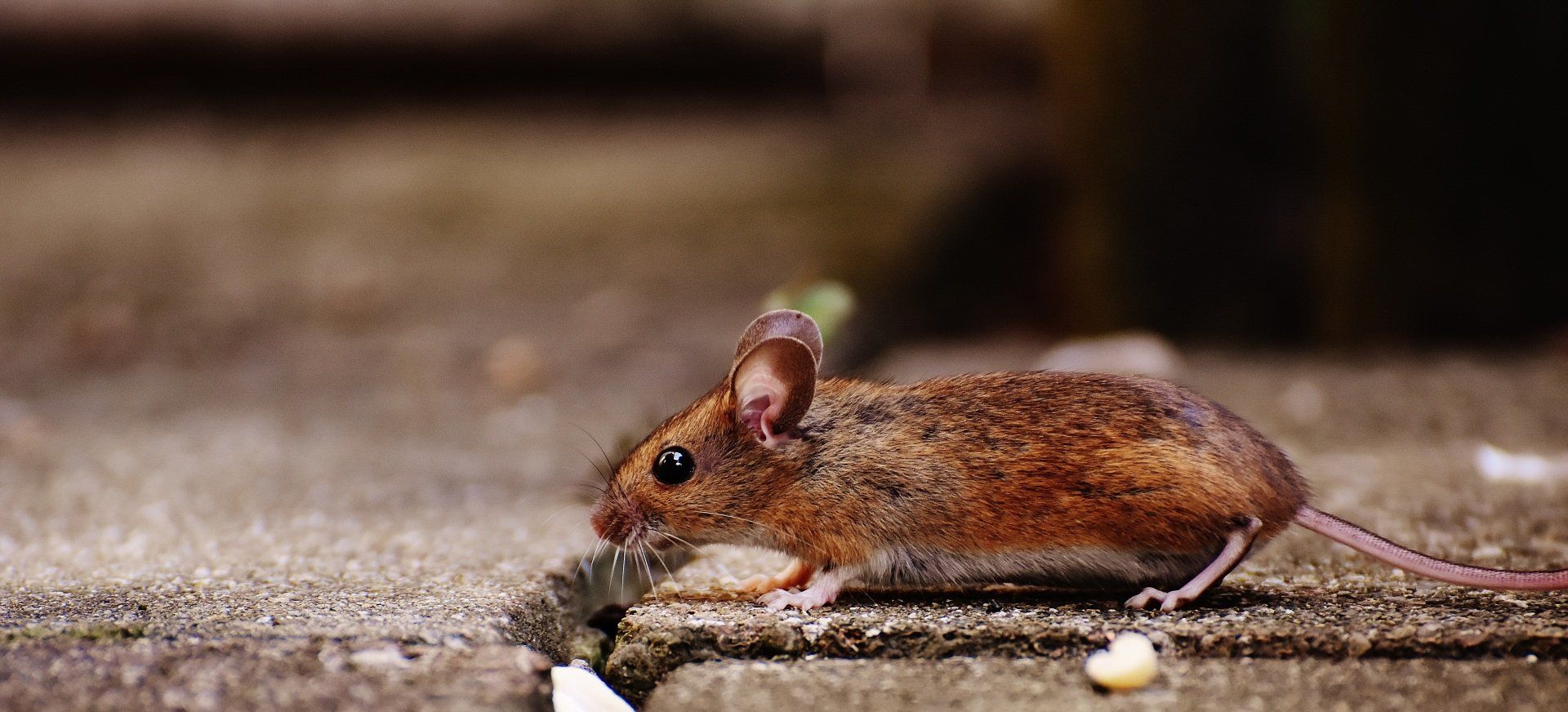Guarding Your Home from Unwanted Guests: Common Pest Entry Points and How to Keep Them Out
Unveiling the Sneaky Pathways Pests Use and Fortifying Your Defences

Your home is your sanctuary, but it’s also an enticing destination for uninvited guests. Wild animals also see your home as a sanctuary - it’s dry and warm and offers the perfect shelter for them in harsh weather. From cockroaches to raccoons, you’ll find no shortage of creatures in a persistent quest for shelter and sustenance, finding ingenious ways to enter your living space.
Most places around your home can become common animal entry points for pests and wildlife. When too many animals succeed in getting into your home, you may have to call in professionals to deal with them. Luckily, you can take measures on your own to prevent a more significant problem down the road. In this blog post, we’ll explore some of the most common entry points for pests and share practical tips to keep them at bay.
1. Gaps and Cracks in Doors and Windows
Closed doors, or even “pet doors,” sometimes have gaps around the sides, leaving plenty of room for unwanted guests. Tiny gaps and cracks around doors and windows provide easy access for pests. Insects and rodents can squeeze through even the smallest openings. To prevent this, inspect your doors and windows for gaps and seal them with weatherstripping or caulk.
2. Vents and Chimneys
Vents and chimneys offer a direct path into your home. Bats, squirrels, and raccoons, in particular, love this point of entry into your home. Ensure these openings have suitable covers or screens that keep pests out while allowing air circulation. Regularly inspect and maintain these barriers to ensure their effectiveness.
3. Damaged Screens
Torn or damaged window or door screens are essentially open invitations for pests. Repair or replace damaged screens promptly to prevent insects from entering your home.
4. Cracks and Gaps in Walls
Pests can infiltrate your home through cracks and gaps in exterior walls. Inspect your home’s exterior walls for any openings and seal them using appropriate materials. Pay special attention to areas around utility pipes and cable entry points.
5. Crawlspaces and Basements
Crawlspaces and basements are prime entry points for pests. The most typical pests to enter through those openings are small to medium-sized animals like mice, especially when the cracks are big enough. Ensure these areas are well-ventilated, dry, and free from standing water. Seal gaps around utility penetrations and use traps and baits if necessary to monitor and control pest activity.
6. Overhanging Trees and Foliage
Overhanging trees and dense vegetation provide a bridge for pests to reach your home. Trim branches and foliage away from your house to create a barrier and reduce the risk of pests gaining easy access.
7. Exterior Lights
Lights left on all night can attract insects, which, in turn, may attract predators like spiders. Consider using yellow or sodium vapour lights that are less attractive to insects.
8. Dirty or Open Trash Containers
The scent of food from trash containers is a goldmine for pests. Keep trash cans tightly closed and clean them regularly to remove food residue that may attract unwanted guests.
9. Pet Food Left Out
Pet food left out overnight is an open invitation to rodents and insects. Feed your pets during the day, and store their food in airtight containers to prevent pests from feasting on it.
10. Regular Maintenance and Inspections
The best defence against pests is a proactive one. Regularly inspect your home’s exterior, perform necessary repairs, and watch for signs of pest activity. Consider scheduling professional pest inspections and maintenance to address issues before they escalate.
By taking these preventative measures, you can fortify your home against common pest entry points and enjoy a pest-free living environment. Remember, keeping pests out begins with vigilance and a few simple, proactive steps. Implementing the above preventative measures can significantly keep wild animals and pests from your home. Your home should be a haven, not a habitat for uninvited guests. If you do have an issue with any size of pests, visit our website
https://www.critter-repellent.com/ for all your animal repellent needs.
Critter Repellent All Natural Animal Repellent Blog












